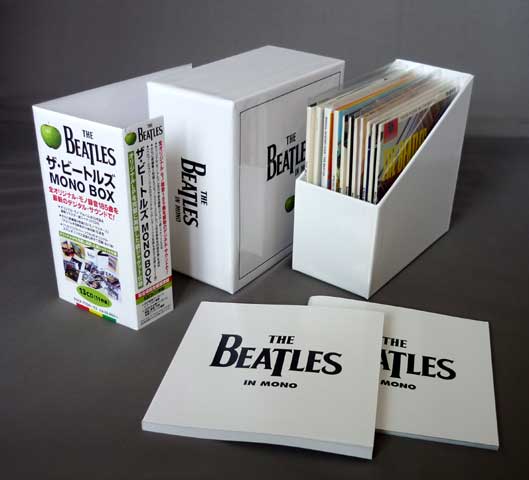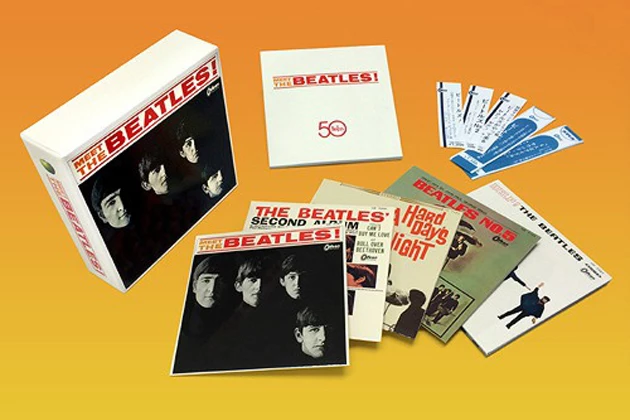
By UltimateClassicRock
Beatlemania was never about just the music. From the start, it was also about the haircuts, the media frenzy, the look, fan pandemonium, the charts, the Cute One, the Quiet One and whatever else that could be marketed.
Watch film clips of the Beatles‘ early appearances, and you’ll see a blur of activity that had only a little to do with the music. You can barely hear the group over the screams and shrieks in concert recordings from those peak touring years of 1964 and 1965. The Beatles were such a little-heard presence on their only official live LP, 1977’s The Beatles at the Hollywood Bowl, that the murky-sounding album never made it to CD.
Live at the Hollywood Bowl, a remastered and reconfigured update of those same Los Angeles stage recordings from 1964-65 tied to the concert film Eight Days a Week, finally brings the music to the foreground. Make no mistake: This is still mostly about Beatlemania, but this time you can hear what all the fuss was about.
Unlike the Anthology series or even the two BBC volumes, there are no revelations on Live at the Hollywood Bowl. The Beatles onstage never came close to the Beatles in the studio. When they finally quit touring for good in 1966 (because, among other reasons, all those screams and shrieks made it impossible for them to even hear their own voices and instruments), they became a better and more significant band because they could finally give all their time to creating their masterworks.
Live shows, after they made it big in early 1964, were pretty much played to feed the beast. More often than not, they went through the motions, performing the same songs, the same way, night after night after night. There was little inspiration to do more than show up, plug in and play.
If the Beatles don’t sound too enthusiastic to be tearing through their biggest hits yet again on these 17 tracks compiled from three different sold-out August shows at the Hollywood Bowl in 1964 and 1965, they at least sound raw and weary, which gives some of the songs some new shades to try on.
The best of them – “Twist and Shout,” “Can’t Buy Me Love,” “Boys,” “Help!” – are ragged garage rockers that bristle with the energy the band brought to its fabled Hamburg sets just a few years earlier. And on less scruffy songs like “Baby’s in Black” (one of four new tracks not found on the 1977 edition) they still display a wildly electric pulse not found on the tamer studio versions.
But the biggest revelation here is the sonic upgrade; you can actually hear the Beatles over the relentless audience squeals now. It’s the best presentation of the live Beatles ever assembled, with precise instrumental definition that’s almost entirely missing on other recordings. You can thank Giles Martin, son of the group’s late producer and collaborator George Martin, for getting these 50-year-old tapes in listenable shape.
Still, through it all, the excitement of Beatlemania rings throughout Live at the Hollywood Bowl‘s 45 minutes. As John Lennon and Paul McCartney introduce songs, their hoarse words are nearly drowned out by the crowd’s cries, and the sea of high-pitched screams that greets each song at its start is still deafening all these years later. Did it matter which songs they were singing on the Hollywood Bowl stage five decades ago? Probably not. And the album isn’t going to convince you the Beatles did their best work onstage. But it does give you an idea just how much Beatlemania, in all of its screeching glory, played a part in their legend.









